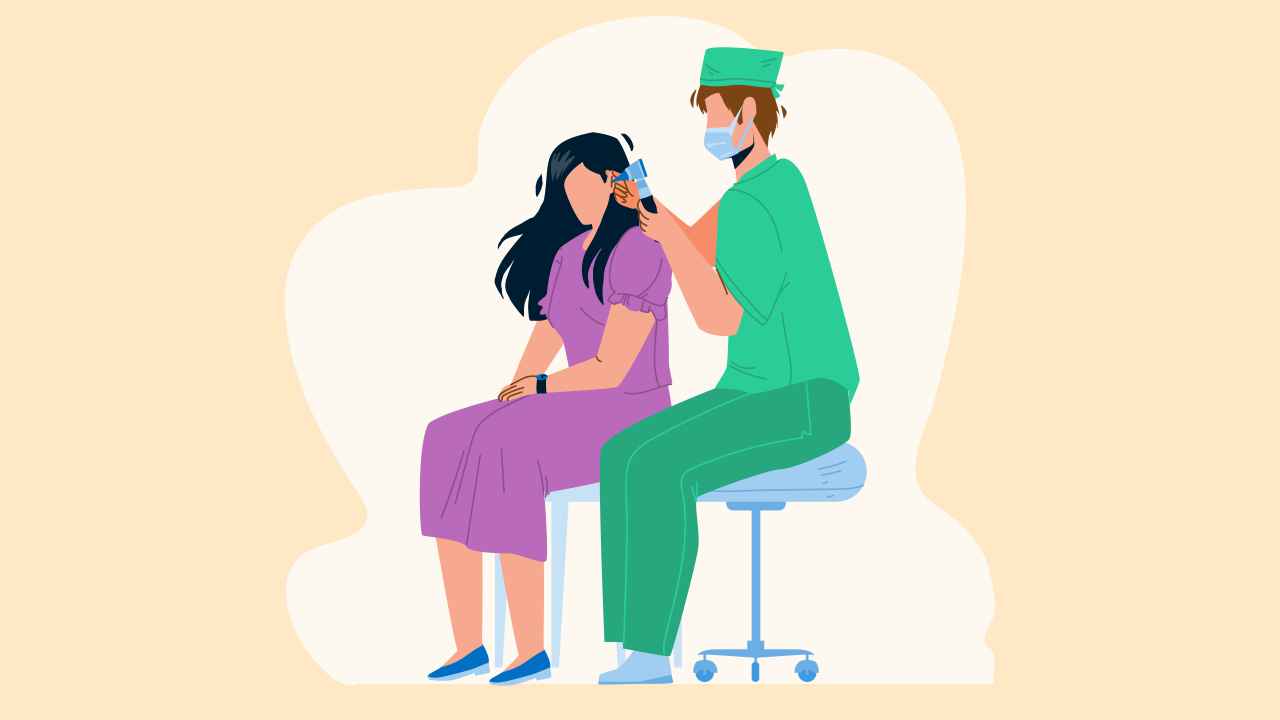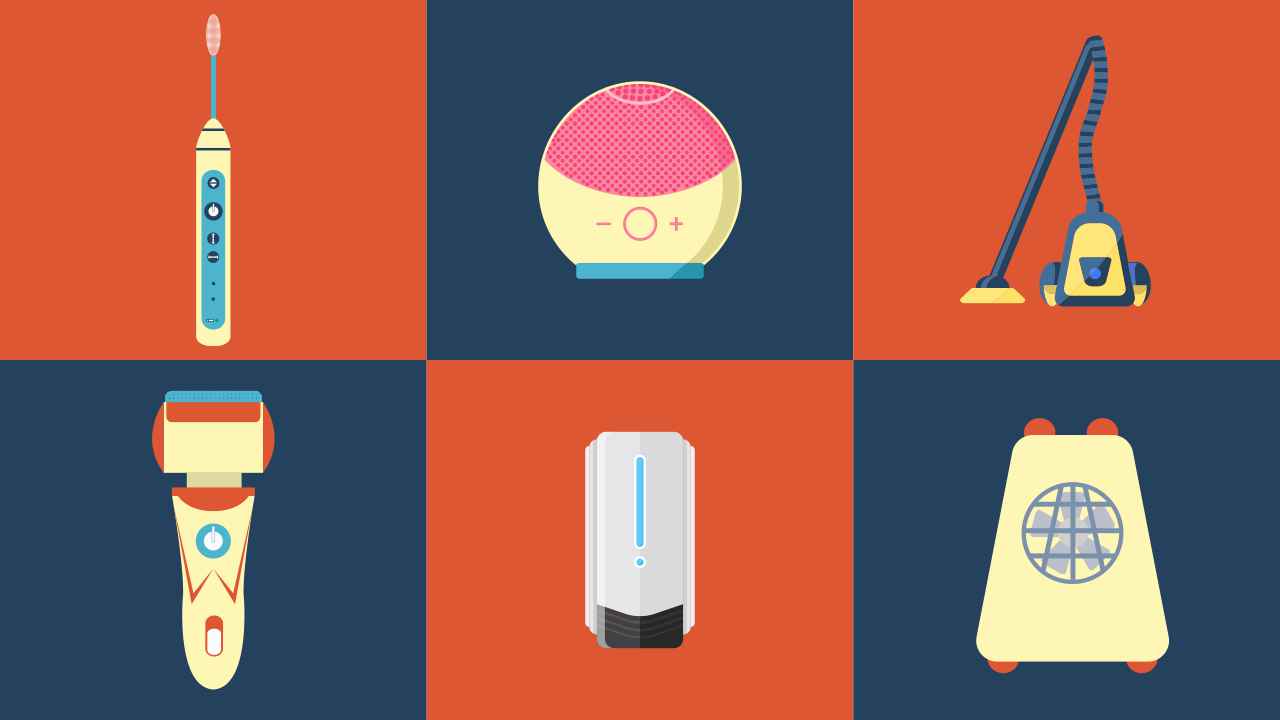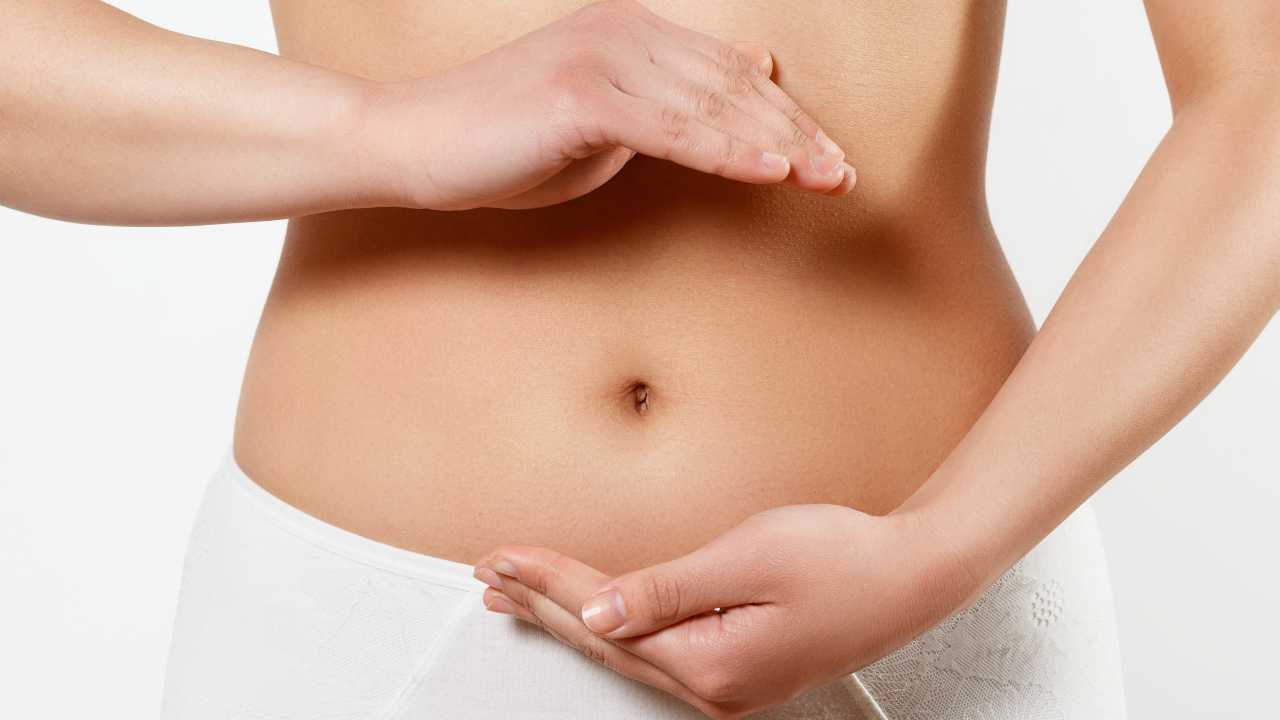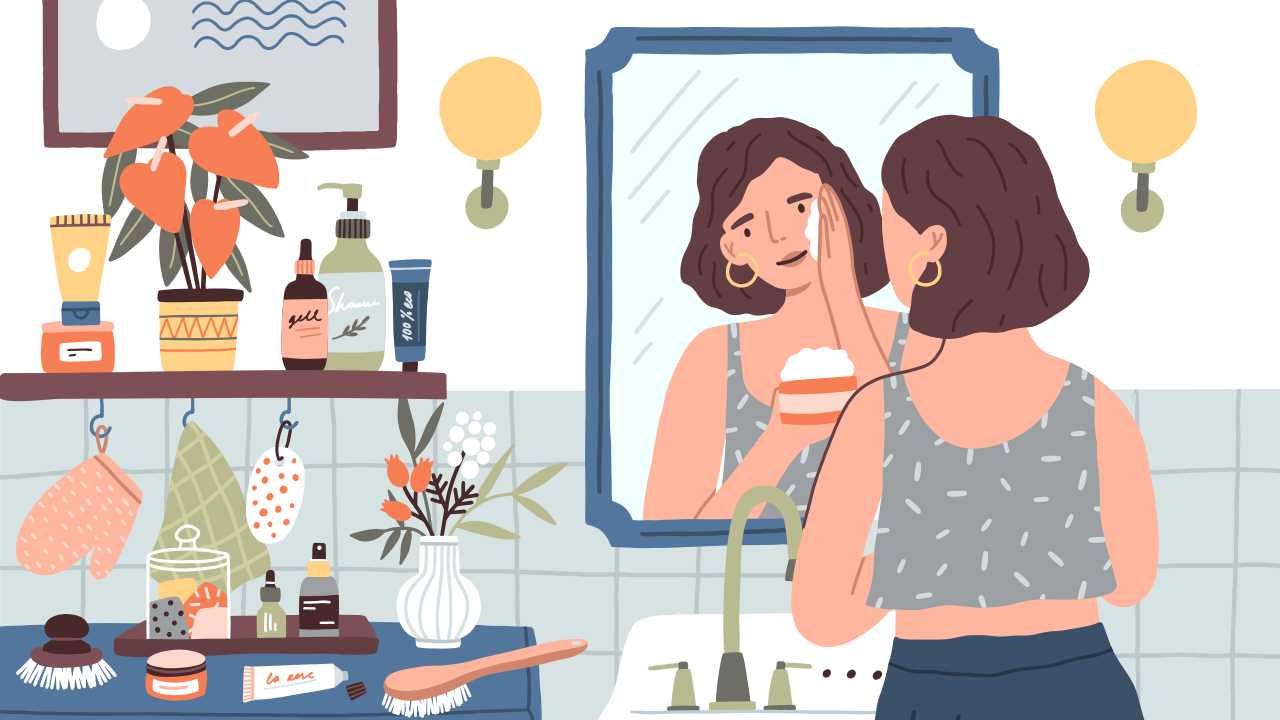
Personal Hygiene Products: Essentials in Your Wardrobe
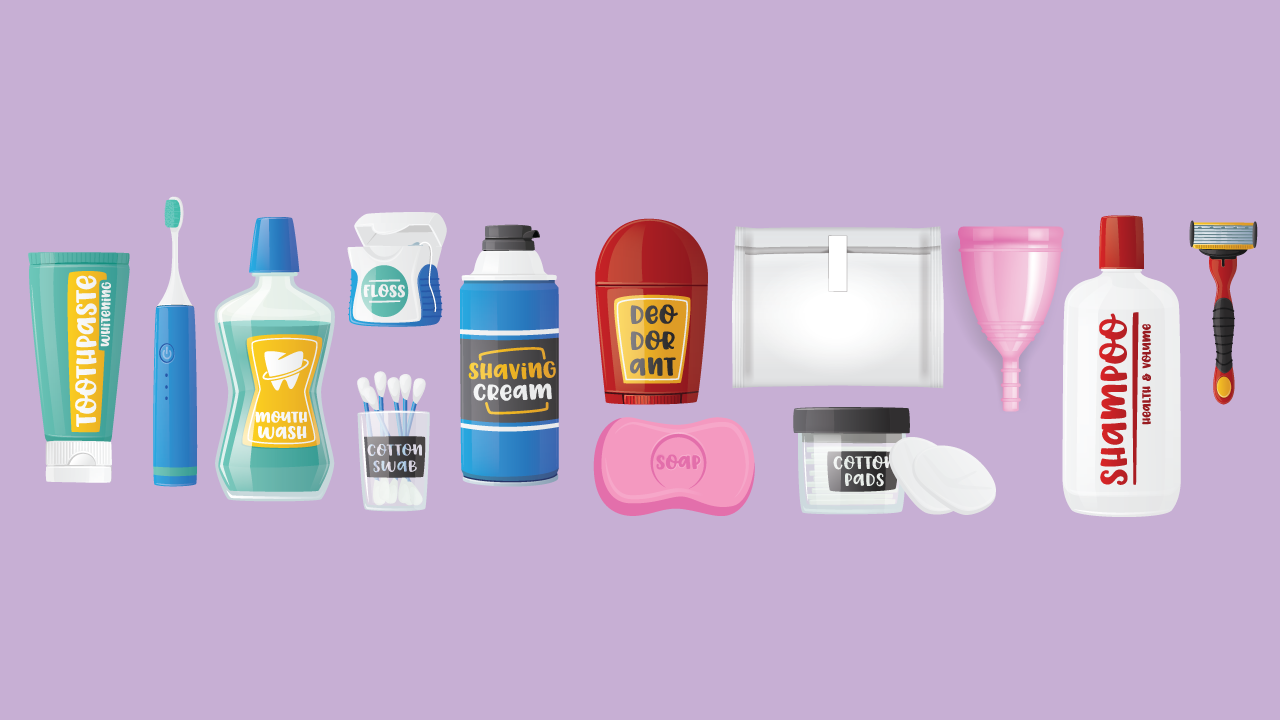
Hygiene is defined as a series of conducive activities one follows to maintain health and protect against diseases. Personal hygiene should involve a series of habits — something that comes to you naturally — and not be considered a chore. In order to follow personal hygiene, there are a few essential products you need to invest in. Let’s check them out.
Soaps
One of the most important personal hygiene products are soaps. Soaps are made of fatty acid such as palmitic acid, and alkali such as sodium hydroxide or potassium hydroxide. They are used to remove dirt, grease, oil, and microbes from your body.
As we know, oil and water do not combine as water, unlike oil, has an electric charge. Thus, the fatty acid part of the soap combines with the oil and grease on the body, and the alkali part of the soap combines water forming a wheel-like structure called the micelle. This micelle aids in detachment of oil, dirt, grease and microbes from your skin followed by rinsing off by water.
Shampoos
Another most common personal hygiene product is shampoo. Most shampoos are made of surfactants such as sodium lauryl sulphate or sodium laureth sulphate. Surfactants act in a similar way to soaps, ie, the fatty acid part of the surfactant combines with the oil and grease on the body, while the alkali part of the surfactant combines water. They also reduce the surface tension (cohesive nature of liquids) among the water molecules, making it more soluble and allowing the removal of oil, dirt and grease.
Also read: Common Diseases Caused by Poor Hygiene
Sanitizers
With the Covid-19 pandemic, sanitizers have become a household item worldwide. They are available in different forms — liquid, gel, or foam. It is used to kill microbes on your hand if washing with soap and water is not an option. The main component of a sanitizer is alcohol, usually it is either ethyl alcohol or isopropyl alcohol.
The alcohol component in it is responsible for killing germs by denaturing the outer protein covering of the microbes; emollients protect the skin from drying; polyacrylate supports the gel form; the base neutralizes the effect of polyacrylate, and water acts as a carrier. The Centers for Disease Control and Prevention recommends the alcohol content in a sanitizer should be more than 60% for it to be effective.
Tooth brush, toothpaste and mouthwash
Tooth brush is an essential item in your daily routine. Ideally a soft bristled tooth is recommended so that it is not too harsh on your teeth and gums, and reaches every part of your mouth. Toothpaste contains abrasives (example: calcium carbonate), binders (example: carboxymethyl cellulose), and humectants (example: glycerine). The abrasives help in removal of food particles and stains from teeth, binders help to maintain the consistency of the toothpaste, and humectants prevent the toothpaste from drying up. Some toothpastes contain fluoride, which can help in strengthening the tooth enamel.
Mouth washes, also known as mouth rinse, although not a compulsory hygiene product, is commonly used. They are not a replacement to brushing and flossing, but an ideal product to reach the inaccessible areas of the oral cavity
There are mainly two types of mouthwashes — cosmetic and therapeutic. Cosmetic mouthwash has temporary benefits of controlling bad breath and leaving a pleasant taste in the mouth. Therapeutic mouthwashes on the other hand have medical applications and may contain active ingredients such as fluorides, peroxide, essential oils and cetylpyridinium chloride to control dental problems.
Disinfectants
Disinfectants are antimicrobial chemicals that kill the microbes on the inert surfaces. Disinfectants are used to clean inert surfaces such as floors. Most common disinfectants are phenol, alcohol, hydrogen peroxide, chlorine, ammonium compounds, glutaraldehyde and ozone. Most of these disinfectants come with a minimum inhibitory concentration that inhibit the microbes from growing. The mechanism of action differs depending on the chemical compound of disinfectant. Some disinfectants act by destroying the outer covering of microbes, while others alter the pH. Disinfectants with low concentration stop the growth of the microbe but do not kill it.
Antiseptics
Antiseptics are antimicrobial chemicals that stop or inactivate the growth of microbes, but they may not kill the microbe. They act in a similar manner as disinfectants, but are different from disinfectants because antiseptics are milder and can only be used for living things. Some commonly used antiseptics are alcohols, ammonium compounds, peroxide, permanganate, etc. They are used to treat open wounds, burns and sometimes even present in mouthwashes and soaps.
Menstrual hygiene
Menstruation is a monthly process. People who menstruate can opt for sanitary pads, tampons or menstrual cups as per their comfort. Most of these materials are used to absorb the menstrual blood and prevent infection. While using these products, washing hands, regular changes, and proper disposal is important to maintain hygiene.
Also read: Menstrual Hygiene: A Checklist for Your Period
Shaving kit and after-shave
A shaving kit typically comprises a shaving brush, razor, shaving oil, shaving cream, and an after-shave. For hair removal, it is recommended to use razors in the opposite direction of hair growth. The razor should be changed after five to seven shaves to prevent irritation and infection of the skin. Using shaving oil before a shave helps to soften the skin and stubble, and renders a smooth surface for effortless shaving. Shaving creams add moisture to the beard hair and act as a protective layer between the skin and the razor, minimizing friction and redness, irritation and cuts. After shaves typically contain alcohol and prevent inflammation of the skin
Wet wipes
Wet wipes may not be very essential but are quite widely used. They are basically polyester or polypropylene fabric moistened with water and other liquids (example alcohol) depending on their application. They can be used for a variety of applications such as makeup remover wipes, toilet wipes, industrial wipes, baby wipes, healthcare wipes.
Antiperspirant and deodorants
Antiperspirants contain aluminum compounds that block the sweat pores temporarily, thereby reducing sweating. Deodorants act by reducing the armpit odor. They contain alcohol based compounds, which make the skin pH acidic, thus killing the bacteria. Deodorants come in various forms such as roll-on deodorants, sprays, gel or cream deodorants, solid deodorants, invisible solid deodorants, crystal deodorants, and scented or unscented deodorants.
These personal hygiene products are essentials and needed to make you feel clean and fresh. Make sure you invest in the right one depending on what suits your needs in terms of efficacy, comfort, taste, price, and availability.
References
1. What type of personal care product do you use on a daily basis? Statista. https://www.statista.com/statistics/259331/personal-care-products-most-frequently-used-by-college-students-in-the-us/ (accessed April 7, 2021).
2. Schaefer A. What Is Sodium Lauryl Sulfate (SLS)? Healthline. https://www.healthline.com/health/beauty-skin-care/what-is-sodium-lauryl-sulfate (accessed April 7, 2021).
3. Kallen LE. HOW DOES SOAP ACTUALLY WORK? Defeatedd. https://www.defeatdd.org/blog/how-does-soap-actually-work#:~:text=When you wash your hands,stubbornly clinging to your skin (accessed April 7, 2021).
4. Howes L. What is hand sanitizer, and does it keep your hands germ-free? c&en. https://cen.acs.org/business/consumer-products/hand-sanitizer-does-keep-hands/98/i12 (accessed April 7, 2021).
5. When & How to Use Hand Sanitizer. Centers Disease and Control Prevention. https://www.cdc.gov/handwashing/show-me-the-science-hand-sanitizer.html (accessed April 7, 2021).
6. Does hand sanitizer kill coronavirus? How it works and when you should use it. c&en. https://www.cnet.com/health/personal-care/hand-sanitizer-how-it-can-protect-you-from-getting-sick-and-when-to-use-it/#:~:text=Often used on the go,microbes and dissolving their membranes (accessed April 7, 2021).
7. Guideline for Disinfection and Sterilization in Healthcare Facilities (2008). Centers Disease Control and Prevention. https://www.cdc.gov/infectioncontrol/guidelines/disinfection/disinfection-methods/chemical.html#Hydrogen (accessed April 7, 2021).
8. Fletcher J. What to know about antiseptics. Medical News Today. https://www.medicalnewstoday.com/articles/antiseptic (accessed April 7, 2021).
9. Gotter A. A Guide to Antiseptics. Healthline. https://www.healthline.com/health/what-is-antiseptic (accessed April 7, 2021).
10. Oral Health Topics. American Dental Association. https://www.ada.org/en/member-center/oral-health-topics/mouthrinse#:~:text=Antimicrobials in mouthwash formulations include,ketone%2C terpene%2C and ionone (accessed April 7, 2021).
11. What’s in your toothpaste? A look at 5 common ingredients. Delta Dental. https://www.deltadentalins.com/oral_health/whats-in-your-toothpaste.html#:~:text=Calcium carbonate,help make your smile whiter (accessed April 7, 2021).
12. Why You Need Shaving Cream. Gillette. https://gillette.com/en-us/shaving-tips/shaving-science/why-use-shaving-cream#:~:text=Shaving cream creates a thin,and fewer nicks and cuts (accessed April 7, 2021).
13. Frothingham S. Benefits and Risks of Deodorants vs. Antiperspirants. Healthline. https://www.healthline.com/health/deodorant-vs-antiperspirant (accessed April 7, 2021).




